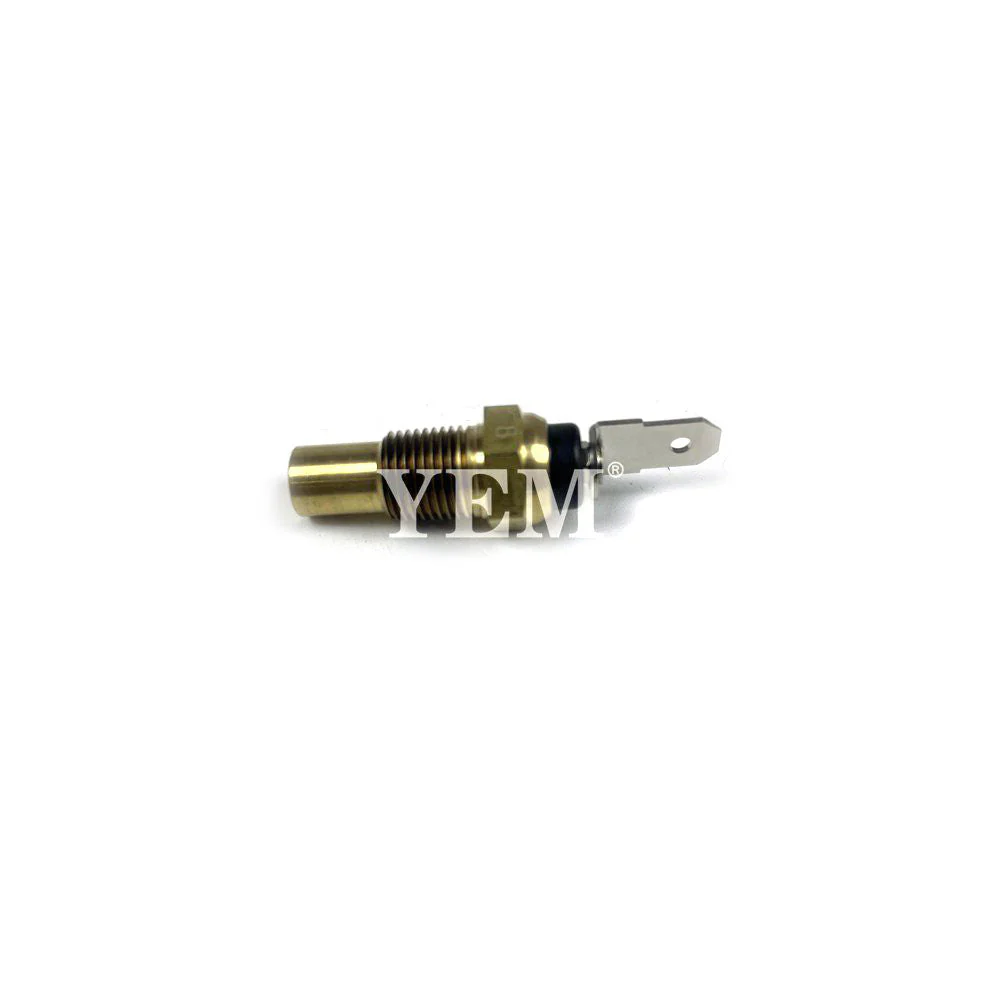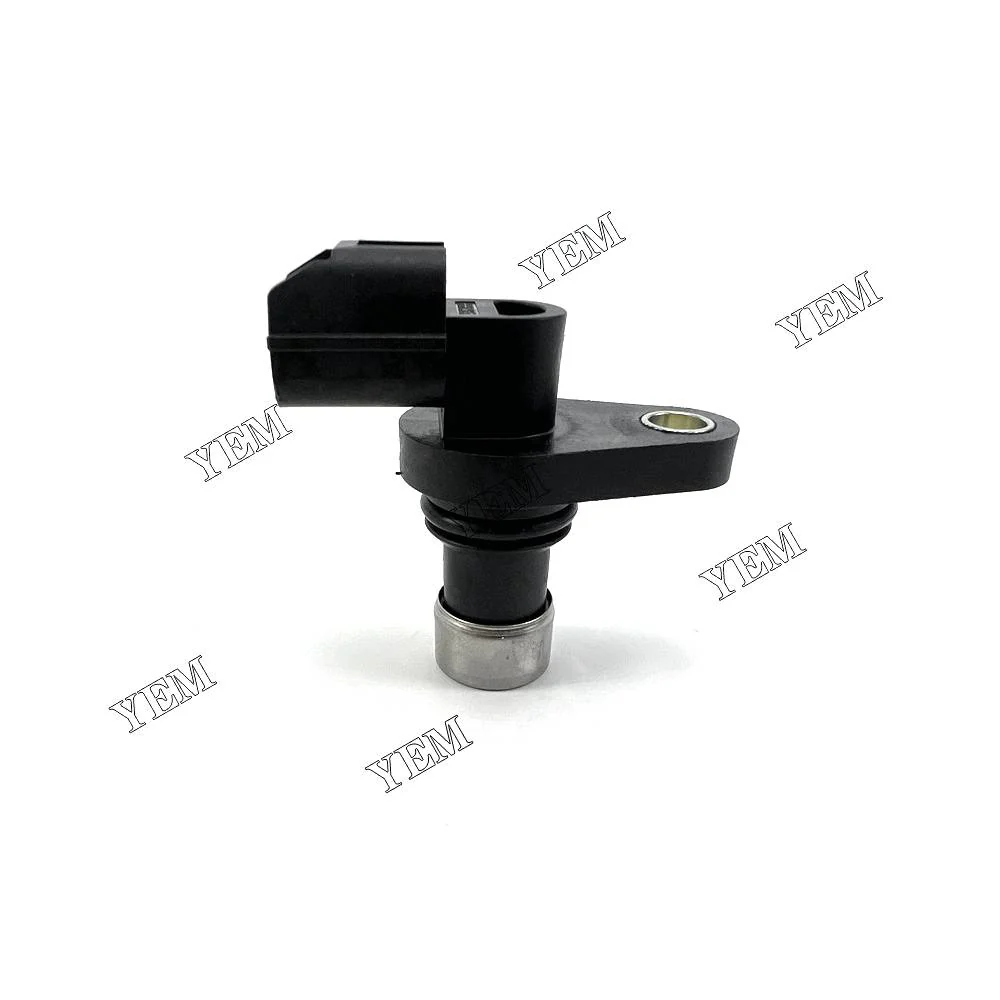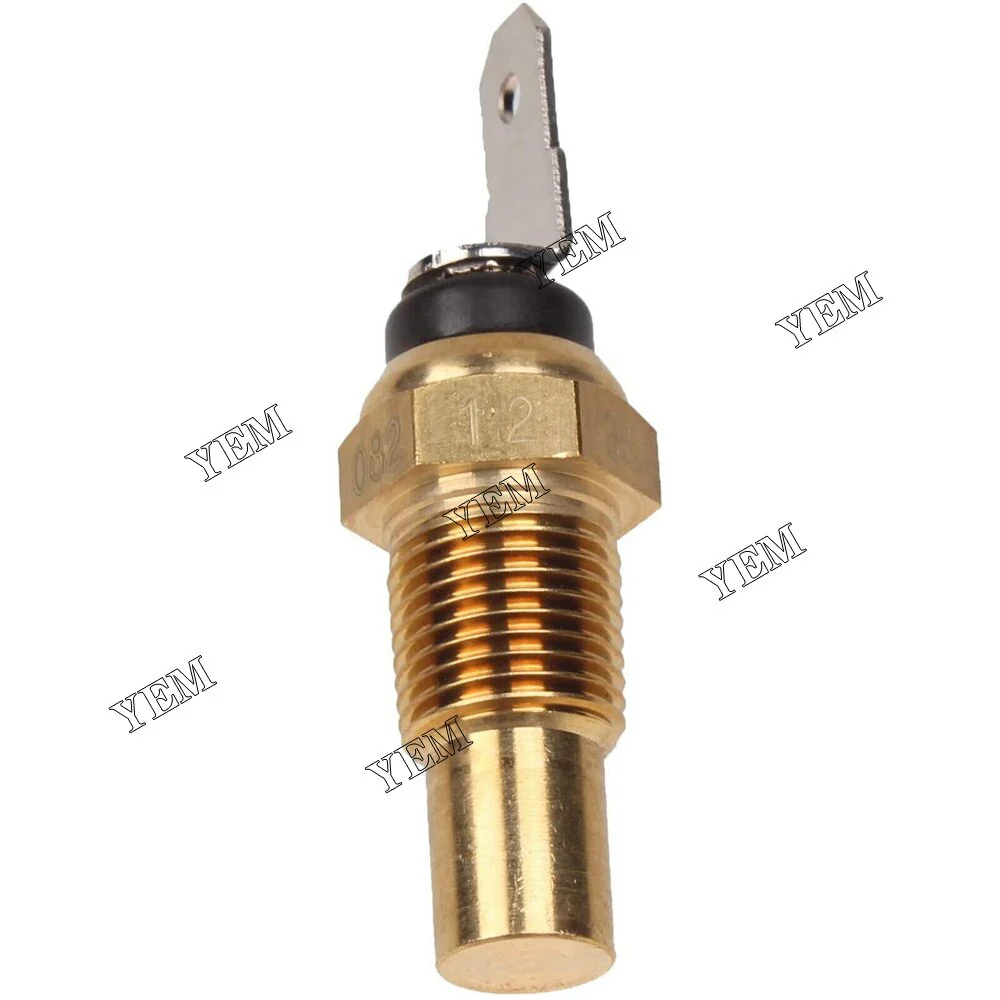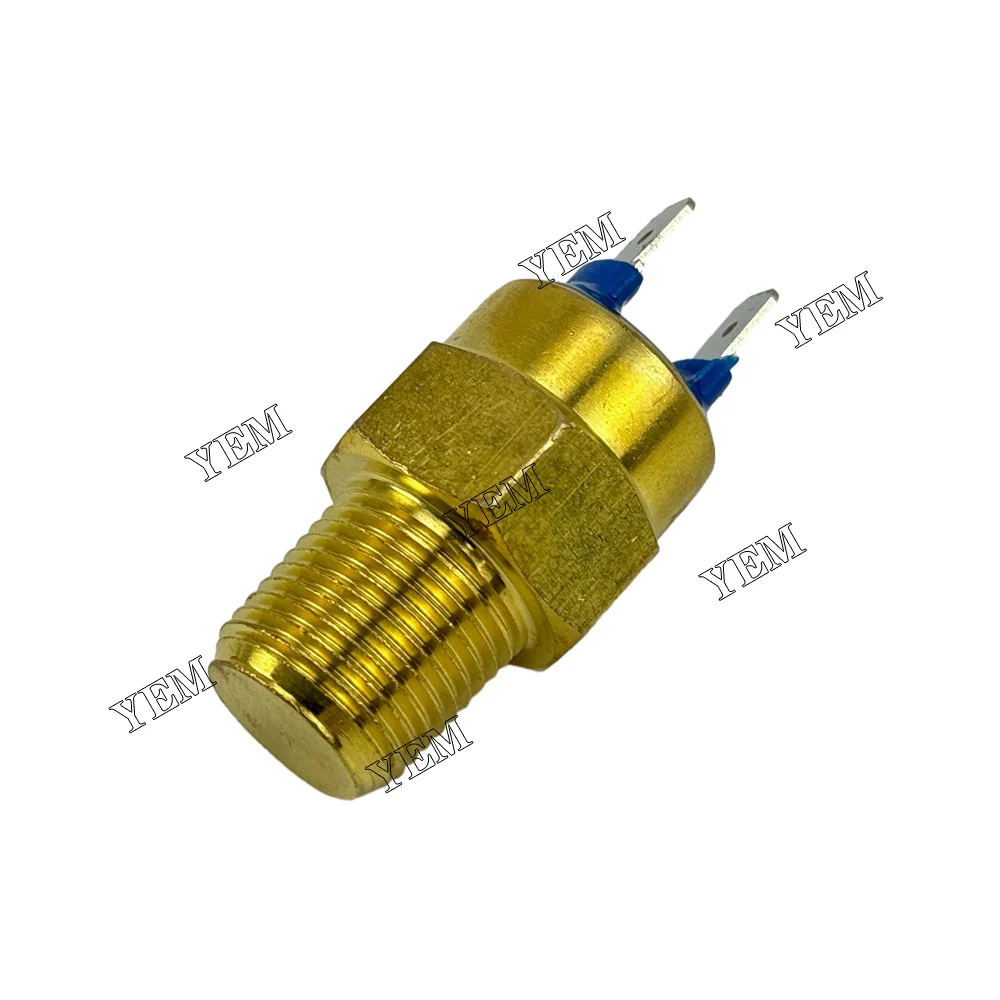The type and functionality of Kubota engine sensors are critical components in ensuring your engine runs smoothly and efficiently. Here are some common sensor types and their functions in Kubota engines:
- Temperature sensor: The temperature sensor monitors the temperature of the engine and feeds the temperature data back to the engine control unit (ECU). This helps ensure that the engine is operating within the proper temperature range, preventing damage from overheating or cooling.
- Pressure Sensor: The pressure sensor measures the pressure of various fluids inside the engine (such as oil pressure, fuel pressure, and cylinder pressure). This data can be used to adjust the engine’s fuel delivery and other parameters to optimize performance and fuel efficiency.
- Speed sensor: The speed sensor monitors the engine speed and sends the speed data to the ECU. This is critical for controlling things like ignition timing, throttle response and transmission shifting.
- Oxygen Sensor: The oxygen sensor monitors the oxygen content in the engine exhaust gas and adjusts the fuel-air mixture ratio based on this data. This helps ensure the engine operates under optimal combustion conditions while reducing emissions.
- Position Sensor: The position sensor detects the position of various moving parts inside the engine (such as throttle, crankshaft, and camshaft). This data is used to coordinate the movement of individual engine components for smooth operation and precise performance control.

The combination and functions of these sensor types ensure that Kubota engines can maintain efficient, reliable and environmentally friendly operation under various operating conditions.
Troubleshooting and maintaining Kubota engine sensors is critical to ensuring proper engine operation. Here are some common troubleshooting and maintenance steps:
- Identify sensor failure: When the engine operates abnormally or performance decreases, you first need to check whether the sensor is working properly. This may involve using a diagnostic tool to read sensor data, or watching the engine for error codes or lights.
- CHECK SENSOR CONNECTION: Sensor connections may be affected by dirt, corrosion, or damage, causing the sensor signal to be unstable or not work properly. Regularly checking sensor connections and cleaning or replacing damaged parts can help resolve these issues.
- Clean Sensors: Some sensors may be affected by oil, dust, or other dirt, causing their performance to degrade. Regular cleaning of the sensor surface and ensuring that its surrounding environment is clean can reduce the occurrence of these problems.
- Calibrate Sensors: Some sensors may require periodic calibration to ensure their accuracy and stability. This may require calibration using specialist equipment or following the manufacturer’s guidelines.
- Replace Sensor: If the sensor is still not working properly after inspection and maintenance, the sensor may need to be replaced. Be sure to select an original or equivalent quality sensor that is compatible with your Kubota engine and replace it according to the manufacturer’s recommendations.

Through regular troubleshooting and maintenance, you can ensure the proper operation of Kubota engine sensors, thereby improving engine reliability, performance and life.
The technical specifications and performance parameters of Kubota engine sensors are critical to ensuring their accuracy and reliability. Here are some common technical specifications and performance indicators:
- Accuracy: The accuracy index of the sensor indicates the degree of deviation between its measurement results and the actual value. Usually expressed as a percentage or a specific unit, for example a temperature sensor may have an accuracy of plus degrees Celsius or a percentage.
- Response time: The response time of a sensor refers to the time interval from detecting a signal change to generating a response output. Faster response times help the engine control system react more quickly to changes, improving performance and efficiency.
- Operating temperature range: The operating temperature range of the sensor refers to the temperature range in which it can operate normally. For Kubota engines, this parameter is critical because the engines may operate under different environmental conditions, including extreme temperatures.
- Durability: The durability of the sensor refers to its stability and reliability in long-term use and harsh environments. Kubota engine sensors need to be able to withstand conditions such as high temperature, high pressure and vibration to ensure their durability and reliability.
- Communication protocol: For digital sensors, the communication protocol refers to the method and protocol for data exchange with the engine control unit (ECU) or other systems. Commonly used communication protocols include CAN (Controller Area Network) and LIN (Local Interconnect Network).
- Protection level: The protection level of the sensor indicates its ability to protect against dust, moisture and other external environmental factors. Usually IP (Ingress Protection) grade is used to express it. For example, IP67 indicates a high protection ability against dust and moisture.

By understanding the technical specifications and performance parameters of Kubota engine sensors, users can choose the sensor that suits their specific needs and application scenarios, and ensure their normal operation and performance in the engine system.
The trends and future development of the Kubota engine sensor market are affected by many factors, including technological innovation, environmental regulations, automotive industry trends, etc. The following are some of the factors that may impact the Kubota Engine Sensors market:
- Intelligence and Automation Trends: As the automotive industry develops toward intelligence and automation technology, the demand for sensors will continue to increase. Kubota engine sensors will play a key role in helping cars achieve higher levels of automated driving functions and intelligent control systems.
- Impact of environmental regulations: Regulations on vehicle emissions and fuel efficiency are becoming stricter globally, which will drive increased demand for engine sensors. Kubota engine sensors will play a vital role in monitoring and optimizing engine performance and reducing emissions.
- The rise of new energy vehicles: With the popularity of electric vehicles and hybrid vehicles, the demand for electric engines and battery management systems increases, which will also drive an increase in the demand for sensors. Kubota engine sensors may need to adapt to different types of power systems and provide corresponding monitoring and control functions.
- Data-driven maintenance and predictive analysis: With the development of IoT and big data technology, data generated by sensors will be used to achieve more accurate maintenance and predictive analysis. Kubota engine sensors may need to be integrated with data analytics platforms to provide higher levels of fault diagnosis and predictive maintenance capabilities.
- Application of new materials and manufacturing technologies: Advances in new materials and manufacturing technologies will affect the performance, cost, and reliability of sensors. Kubota engine sensors may use more advanced materials and manufacturing processes to improve their performance and competitiveness.

To sum up, the future development of the Kubota engine sensor market will be affected by many factors such as technological innovation, regulatory requirements and industry trends. Adapting to market changes and continuously improving product performance and service quality will be Kubota’s key challenges and opportunities in its future development.
Contact us
YEM Excavator Parts Team is a dedicated and experienced team that specializes in quality parts for excavators. With our extensive knowledge and expertise in this industry, we offer a wide range of parts to meet the needs of different customers.
Our products cover all kinds of excavator parts, including hydraulic system, engine parts, chassis parts and so on. We take pride in sourcing our parts from reliable manufacturers, ensuring that each component meets the highest standards of quality and durability.
What sets us apart is our unwavering commitment to exceptional customer service. We understand the importance of timely support and our team is always available to respond to inquiries and requests in a timely manner. Our knowledgeable staff is on hand to help customers identify the correct parts for their particular excavator model and provide detailed installation and maintenance instructions.
To get in touch with our dedicated excavator parts team, feel free to contact us via our website, email or phone. We are committed to building long-term relationships with our customers and eagerly look forward to assisting you with all of your excavator parts needs.
